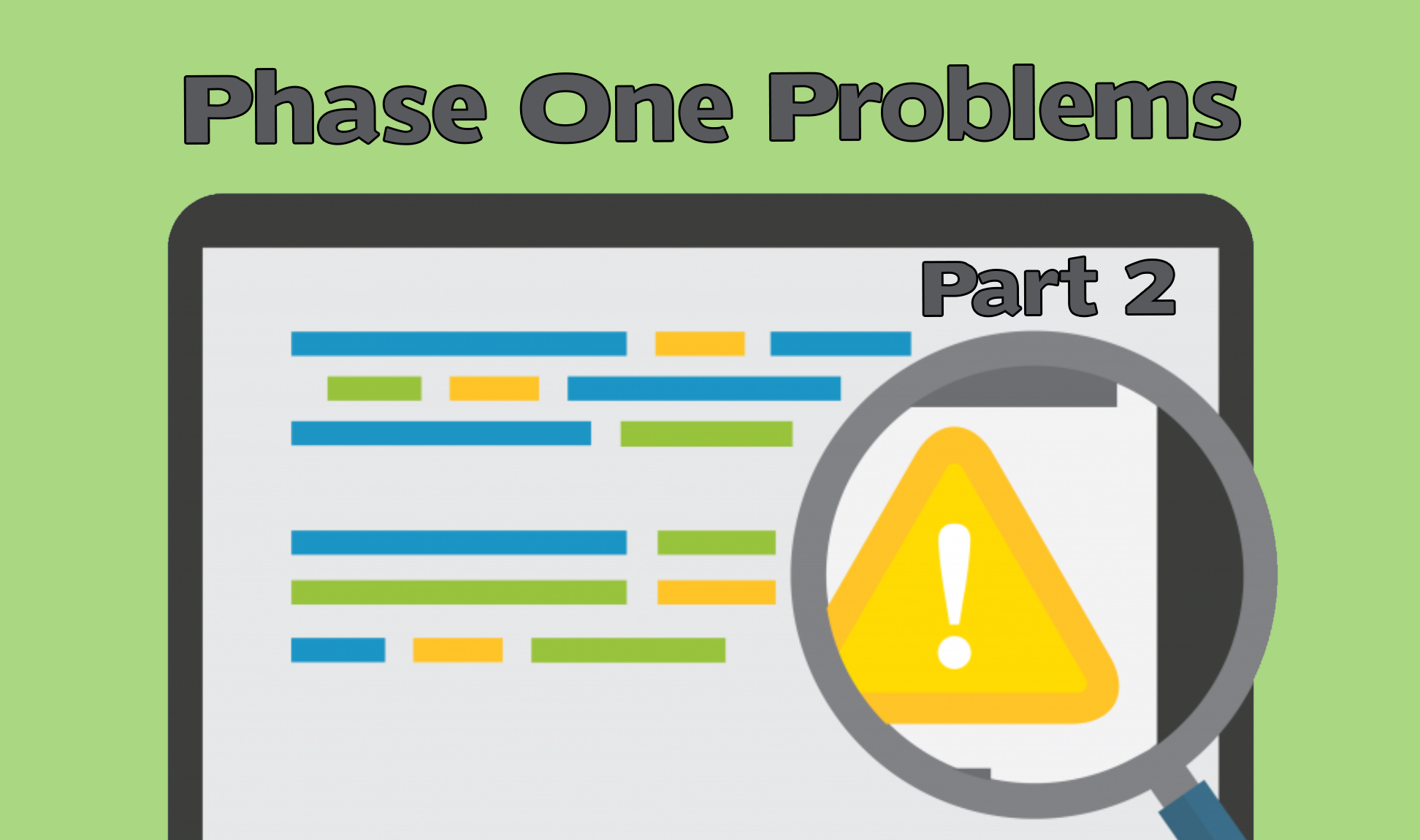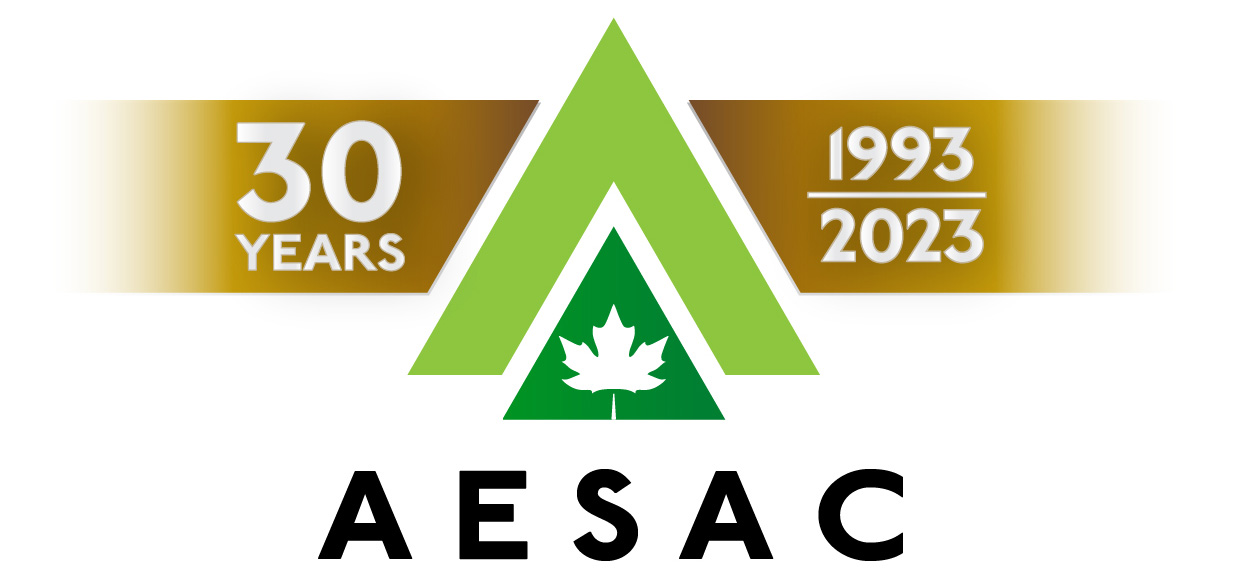- Home
- Training Courses
- Membership
- About Us
- Instructors Blog
- December 2023: All I Want For Christmas
- November 2023: ESA Report Reviews
- October 2023: Can AI Write an ESA Report?
- September 2023: Getting Paid... or Not
- August 2023: Take Me Back...
- July 2023: To Bid or Not To Bid
- June 2023: Selecting a Supplier
- April 2023: Phase 1 Problems, Part 3
- March 2023: Phase 1 Problems, Part 2
- February 2023: Phase 1 Problems, Part 1
- January 2023: Working Outside in Winter
- 2022 Blogs
- 2021 Blogs
- December 2021: Asbestos in your Home
- Sept 2021: Dirty Jars And Other Bad Things… Part 2
- August 2021: Dirty Jars And Other Bad Things… Part 1
- July 2021: How do you want that drawing to look? Part 2
- June 2021: How Did You Want That Drawing To Look? Part 1
- April 2021: So You Need a RSC... Part 2
- March 2021: So You Need a RSC... Part 1
- February 2021: What's In Your Toolbox? Part 2
- January 2021: What's In Your Toolbox? Part 1
- 2020 Blogs
- December 2020: A Day in the Life, Part 2
- November 2020: A Day in the Life, Part 1
- October 2020: Exploring Your Career Path
- September 2020: So You Want To Start Your Own Business - Part 2
- August 2020- So You Want to Start Your Own Business
- June 2020: Effective Communication
- May 2020: Tips For Working From Home
- April 2020: Conducting ESA’s During a Pandemic
- March 2020: It's Not Easy Being Green
- February 2020: Looking Ahead; Bold Predictions for the Next Decade
- January 2020: Looking Back; A Decade in Review
- 2019 Blogs
- 2018 Blogs
- 2017 Blogs
- 2016 Blogs
- 2015 Blogs
- Find an AESAC Member
Menu- Home
- Training Courses
- » Training Courses
- » Webinar Series
- » Calendar of Events
- » Course Registration
- » Course Instructors
- » Testimonials
- Membership
- » Become a Member
- » Certifications
- » Membership Search
- » Update Member Profile
- » Members Only
- » » Member Login
- » » Membership Renewal
- » » Create/Change Password
- » » CESA Certification Application
- About Us
- » About AESAC
- » Course Instructors
- » Contact Us
- Instructors Blog
- » December 2023: All I Want For Christmas
- » November 2023: ESA Report Reviews
- » October 2023: Can AI Write an ESA Report?
- » September 2023: Getting Paid... or Not
- » August 2023: Take Me Back...
- » July 2023: To Bid or Not To Bid
- » June 2023: Selecting a Supplier
- » April 2023: Phase 1 Problems, Part 3
- » March 2023: Phase 1 Problems, Part 2
- » February 2023: Phase 1 Problems, Part 1
- » January 2023: Working Outside in Winter
- » 2022 Blogs
- » » December 2022: Advice To My Younger Self
- » » October 2022: Pre-Purchase Due Diligence
- » » Sept 2022: Words Matter
- » » July 2022: Let Us Come To You
- » » April 2022: Due Diligence
- » » March 2022: Time Management
- » » February 2022: Spinning Augers... Part 2
- » » January 2022: Spinning Augers... Part 1
- » 2021 Blogs
- » » December 2021: Asbestos in your Home
- » » Sept 2021: Dirty Jars And Other Bad Things… Part 2
- » » August 2021: Dirty Jars And Other Bad Things… Part 1
- » » July 2021: How do you want that drawing to look? Part 2
- » » June 2021: How Did You Want That Drawing To Look? Part 1
- » » April 2021: So You Need a RSC... Part 2
- » » March 2021: So You Need a RSC... Part 1
- » » February 2021: What's In Your Toolbox? Part 2
- » » January 2021: What's In Your Toolbox? Part 1
- » 2020 Blogs
- » » December 2020: A Day in the Life, Part 2
- » » November 2020: A Day in the Life, Part 1
- » » October 2020: Exploring Your Career Path
- » » September 2020: So You Want To Start Your Own Business - Part 2
- » » August 2020- So You Want to Start Your Own Business
- » » June 2020: Effective Communication
- » » May 2020: Tips For Working From Home
- » » April 2020: Conducting ESA’s During a Pandemic
- » » March 2020: It's Not Easy Being Green
- » » February 2020: Looking Ahead; Bold Predictions for the Next Decade
- » » January 2020: Looking Back; A Decade in Review
- » 2019 Blogs
- » » November 2019
- » » September 2019
- » » August 2019
- » » July 2019
- » » May 2019
- » » March 2019
- » » February 2019
- » » January 2019
- » 2018 Blogs
- » » November 2018
- » » October 2018
- » » September 2018
- » » August 2018
- » » July 2018
- » » June 2018
- » » May 2018
- » » March 2018
- » » February 2018
- » » January 2018
- » 2017 Blogs
- » » April 2017
- » » June 2017
- » » August 2017
- » » September 2017
- » » December 2017
- » 2016 Blogs
- » » October 2016
- » » September 2016
- » » August 2016
- » » July 2016
- » » June 2016
- » » March 2016
- » » January 2016
- » » December 2016
- » » November 2016
- » 2015 Blogs
- » » April 2015
- » » July 2015
- » » September 2015
- » » October 2015
- » » December 2015
- Find an AESAC Member
Last month I discussed some of the common issues that may be encountered during the procurement, initiation and organization of Phase One Environmental Site Assessments (ESA). This month I will discuss ‘Procedural’ errors related to ESA Research that may occur while conducting a Phase One ESA. Depending on the type of ESA (CSA, RSC, ASTM, Oil & Gas, etc.) there are specific research requirements for mandatory and/or optional data to be reviewed, historical time frame, and search distances – all of which can vary significantly with the respective regulatory regime. Failure to consider and incorporate the specific requirements can lead to regulatory rejection, project delays and unhappy stakeholders. Regardless of the specific research requirements, the consultant must always gather sufficient information to provide an accurate, reliable and defensible assessment of actual and potential liabilities that may be present. Some of the more common deficiencies I encounter during peer review of Phase One ESA reports include:
- Failure to research back to a property’s first developed use that could impact the environmental condition. I have seen reports that state there are no concerns since the site has been in residential use since a certain year; while completely missing historical industrial operations that predated the observed residential use by 50 years or more.
- Failure to review all available historical documentation. I understand that some properties and locations may not have a lot of available historical documentation and the data is limited. It is frustrating however when no attempt is made to obtain and review all available resources such as Fire Insurance Plans, Street Directories, Freedom of Information requests, or subcontracted data such as an ERIS report. Whether this is due to budget constraints, lack of knowledge of available resources, or laziness (or a combination), it doesn’t matter – the necessary work needs to be done. For CSA-compliant reports I suggest the assessor review both the Mandatory and Optional data, and remember nil findings are still reportable findings.
- Failure to recognize a relevant environmental concern. Given that the majority of environmental concerns at many sites are related to historical activities, it can be easy to miss a potential issue when there is little to no present-day evidence. This is even more difficult when compounded by an absence of historical data and lack of knowledgeable people to interview. An experienced assessor with good local knowledge may be able to uncover hidden nuggets of data, but getting a full picture of the site’s history may still be problematic. Missing ‘red-flag’ items like under ground storage tanks, hazardous waste generation or disposal, importation of contaminated fill, or the potential presence of hazardous materials like asbestos can lead to significant liabilities for both the stakeholders and consultant.
- Failure to properly interpret the data. There can be a mountain of data to review, especially in highly developed areas with a lengthy industrial history. It’s not enough to simply list the data or refer to an appendix; the assessor must interpret the data in order to identify potential environmental concerns. For example, its not sufficient to review a couple years of Google Earth imagery, the consultant should review a series of detailed historical aerial photographs to note things such as ground disturbance, oil well development, areas of filling or dumping, historical tankage, etc. The assessor should look at and coordinate data from multiple information sources to better understand the implications of identified environmental concerns. Observations gathered from FIP, aerial photographs and street directories can inform and direct the site inspection and formulate interview topics. Review of all the data in conjunction with site observations, interviews, and regulatory inquiries should lead to, and support the report findings, conclusions and recommendations.
For the next blog(s) in this series I will discuss some of the problem areas around flawed or deficient ESA interviews and site inspections.
Bill Leedham, P. Geo., CESA
Bill is the Head Instructor and Course Developer for the Associated Environmental Site Assessors of Canada (www.aesac.ca); and the founder and President of Down 2 Earth Environmental Services Inc. You can contact Bill at info@down2earthenvironmental.ca
Training Courses
Membership
About Us
Contact UsCopyright (c) 2024 Associated Environmental Site Assessors of Canada; AESAC Inc.



